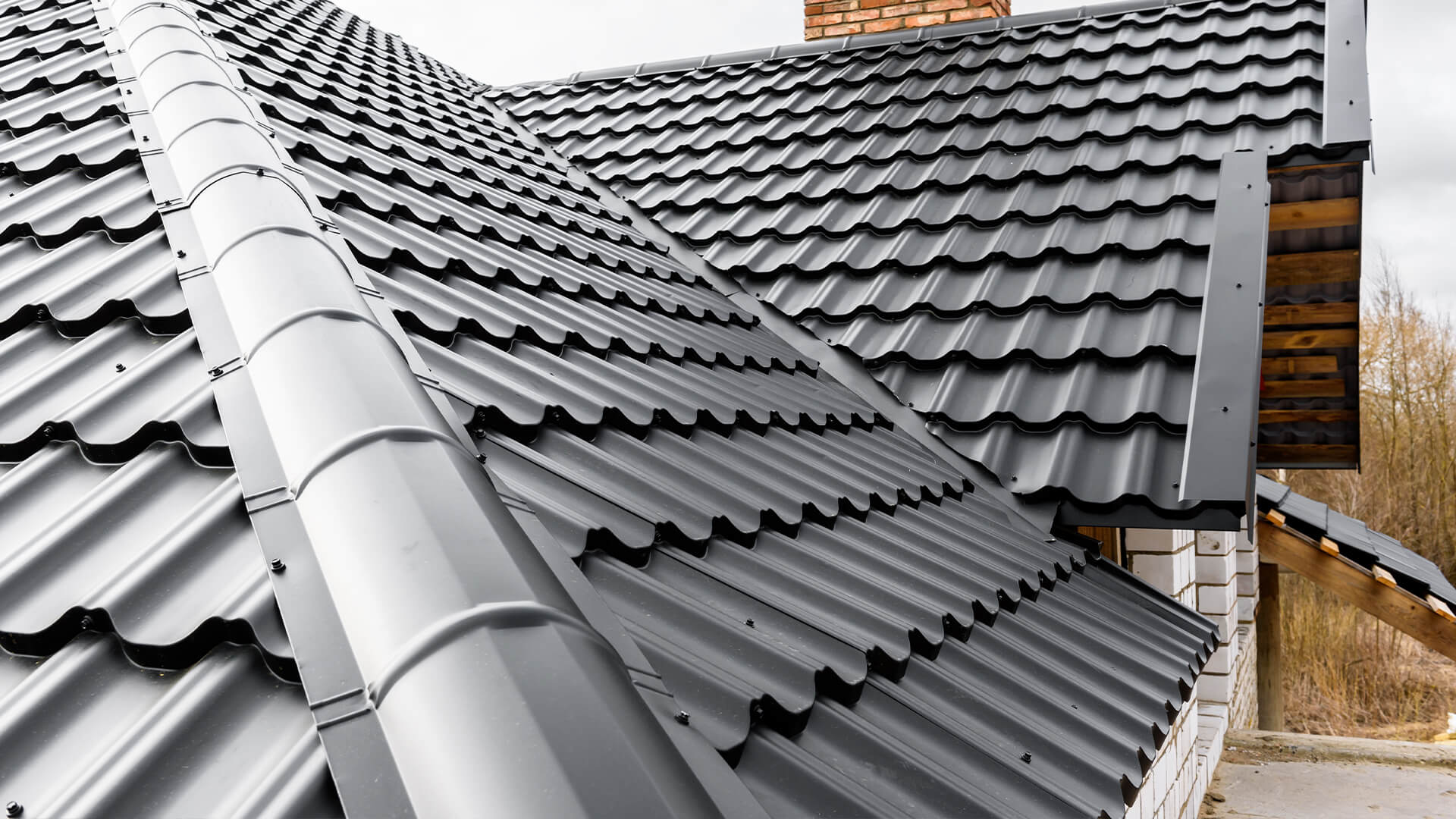How Gainesville Roofing Companies Can Transform Your Home's Exterior
Wiki Article
Ideal Practices for Ensuring Appropriate Roof Covering Air Flow
A balanced intake and exhaust air vent ratio, generally 1:300, plays a pivotal duty, with intake vents ideally positioned at the lower side of the roof covering for great air entry and exhaust vents at the top for warm air exit. Maintaining insulation away from vents is crucial to stop air movement constraint.Understand Air Flow Fundamentals
Properly understanding ventilation fundamentals is essential for making certain the longevity and efficiency of roofing systems. Reliable air flow mitigates wetness accumulation and temperature level extremes in the attic, both of which can cause significant structural damage over time. A well-ventilated roofing helps in protecting against usual concerns such as mold and mildew development, timber rot, and ice dams, which can compromise the integrity of the roofing materials and the underlying structures.The main goal of ventilation is to facilitate the movement of air, enabling a consistent exchange between the interior and exterior environments. This balance is attained with a combination of consumption and exhaust vents that collaborate to preserve optimum air movement. Consumption vents, usually situated along the eaves or soffits, permit fresh air to get in the attic area, while exhaust vents, frequently situated at or near the roofing ridge, make it possible for hot, damp air to get away.
Secret factors affecting the effectiveness of roof covering ventilation consist of proper placement, appropriate sizing, and ensuring that both consumption and exhaust vents are unobstructed. Regular examination and maintenance are important to identify potential obstructions, damages, or inadequacies in the ventilation system, consequently guarding the roofing's performance and longevity.
Sorts Of Roof Vents
Roofing system vents play an essential duty in preserving reliable attic air flow and, by expansion, the overall health and wellness of the roofing system. Various kinds of roofing vents are available, each with one-of-a-kind advantages customized to particular roof covering demands. Ridge vents, for instance, are installed along the roof covering's height, allowing cozy, moist air to leave from the attic room. They use constant air flow and blend flawlessly with the roofline, making them both effective and cosmetically pleasing.
Soffit vents are installed under the eaves and operate in tandem with roof vents to make certain a balanced intake and exhaust system. By allowing cooler air to go into from below, soffit vents facilitate the expulsion of warm air with top vents. Gable vents, situated on the exterior walls of the attic room, deal an additional effective solution, particularly in homes with saddleback click here now roofs.
Assess Your Current Air Flow

Next, think about the age and condition of your roofing products and air flow parts. Older systems may not follow existing building ordinance or may have worn away gradually, reducing their performance. Conduct a complete examination to recognize any signs of damage, such as rust, damages, or spaces that can compromise the system's efficiency.
In addition, determine the attic temperature level and humidity degrees. Heats and moisture can suggest insufficient air flow - gainesville roofing companies. Use a hygrometer and thermostat to get accurate readings, comparing them with outdoor conditions. Relentless discrepancies suggest possible problems that require dealing with.
Installation Best Practices
Efficient installation of roof ventilation systems is paramount for guaranteeing optimum performance and durability. Appropriate setup begins with recognizing the specific air flow requirements of the building and the roofing it covers. This entails calculating the appropriate proportion of consumption to exhaust vents, normally adhering to the 1:300 rule, which specifies one square foot of air flow for each 300 square feet of attic room flooring space.
Consumption vents ought to be set up at the roof's lower edge, usually right here in the soffits, to permit awesome air to go into. Exhaust vents, on the other hand, must be installed near or at the roof covering's peak to promote the leave of cozy, moist air.
Seal all air vent links diligently to protect against air leakages and prospective water infiltration. Use high-quality materials and follow supplier standards to make certain longevity and performance. In addition, incorporating ridge vents with baffles can substantially boost airflow performance by stopping wind-driven rainfall and snow from getting in the attic.
Inevitably, specific installment of roofing air flow systems mitigates prospective issues such as mold development, ice dams, and structural damages, making certain the roofing's honesty and the building's total health.
Routine Upkeep Tips
Consistency in upkeep techniques is fundamental to guaranteeing the lasting efficiency of roof covering air flow systems. Throughout these assessments, ensure that vents are complimentary of particles, nests, and other blockages that might impede airflow.
Make use of a soft brush or a vacuum to eliminate dirt and debris from intake and exhaust vents. Be careful not to harm the vent displays or louvers during the process.
Correct insulation is equally important. Make certain that attic room insulation does not block the vents, as this can severely limit airflow. If any type of insulation has changed or worked out, rearrange or replace it to preserve a reliable barrier.
Finally, replace any type of damaged or missing out on components quickly. Busted vents, broken shingles, or shabby flashing click here for more info can all add to insufficient air flow and ought to be dealt with without delay. Normal maintenance guarantees that the roof covering ventilation system operates ideally, consequently prolonging the life expectancy of the roof covering itself.
Verdict
Making sure appropriate roof ventilation is extremely important for keeping the effectiveness and resilience of a roof system. Adherence to the 1:300 consumption and exhaust vent ratio, combined with the strategic placement of vents, is important.A balanced intake and exhaust vent ratio, typically 1:300, plays an essential duty, with intake vents ideally positioned at the reduced edge of the roofing system for awesome air entrance and exhaust vents at the height for cozy air leave. Intake vents, typically situated along the eaves or soffits, enable fresh air to go into the attic room area, while exhaust vents, typically positioned at or near the roofing system ridge, make it possible for warm, moist air to leave.
Soffit vents are set up under the eaves and work in tandem with roof covering vents to guarantee a balanced intake and exhaust system. By allowing cooler air to enter from below, soffit vents help with the expulsion of hot air via top vents. Adherence to the 1:300 intake and exhaust vent ratio, coupled with the strategic placement of vents, is crucial.
Report this wiki page